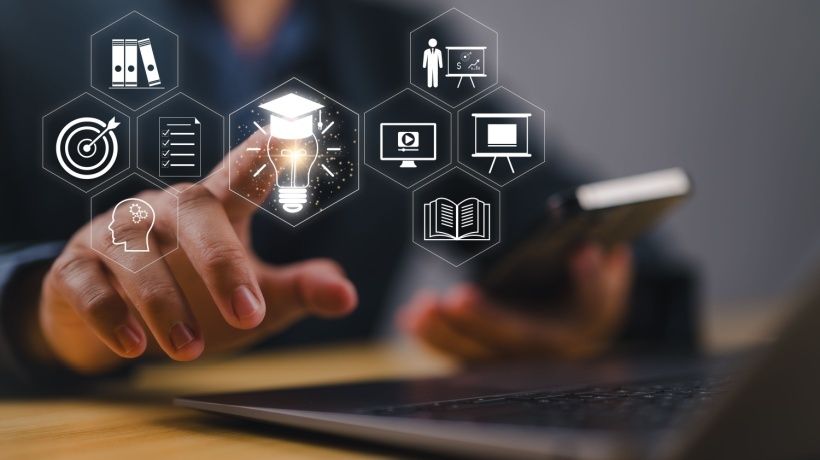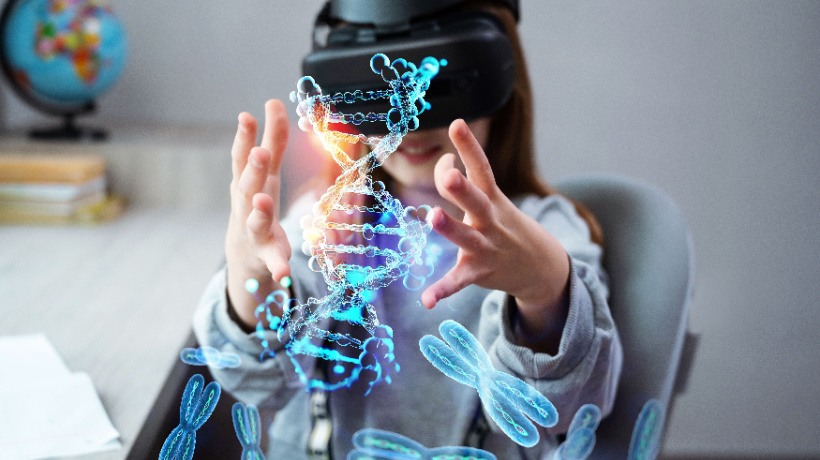Unlocking The Potential Of AI And VR In Education
Artificial Intelligence (AI) and Virtual Reality (VR) technology offer tremendous potential to transform the education landscape, providing students with a more personalized and engaging learning experience, and teachers with new tools to improve the effectiveness of their teaching. In this article, we will explore some of the key benefits of AI and VR in education, as well as answer some common questions about this topic.
Benefits Of AI In Education
One of the key benefits of AI in education is its ability to personalize learning experiences. AI can analyze student data, such as grades, learning patterns, and preferences, to adapt content and delivery methods to individual needs and learning styles. This helps students learn at their own pace and receive tailored support, making education more accessible and inclusive.
Additionally, AI can automate time-consuming tasks, such as grading and feedback, freeing teachers to focus on more critical tasks like mentorship and relationship-building with their students.
Immersive Learning Experiences
VR technology offers a unique opportunity to create truly immersive learning experiences. In VR, students can explore and experience complex concepts in a hands-on and interactive way. For example, VR can be used to simulate real-world scenarios, such as historical events, scientific experiments, and complex machinery, providing a more engaging and memorable experience for students. Moreover, VR has the potential to break down barriers of time and space, allowing students to learn from anywhere in the world and explore environments they might not otherwise have access to.
Bridging The Skills Gap
The combination of AI and VR technology can also help bridge the skills gap and prepare students for the workforce of the future. For example, AI and VR can be used to create virtual apprenticeships and internships, giving students the opportunity to gain real-world experience and develop valuable skills in a simulated environment.
However, it's important to note that AI and VR technology are not silver-bullet solutions for education. These technologies must be used in conjunction with traditional teaching methods, human teachers, and human interaction to be truly effective. Additionally, it is critical to ensure that AI and VR technology is accessible and equitable for all students, regardless of socioeconomic background or geographic location.
Common Questions About AI And VR In Education
Now, let's offer some insight into a few questions about AI and VR in education:
1. Challenges Associated With The Integration Of AI And VR Technology In Education
Some of the challenges include the high cost of technology, privacy and security concerns, and a lack of trained personnel to use and maintain the technology. Additionally, there are concerns about the ethical implications of AI in education, such as bias in algorithms and the possibility of replacing human teachers with machines.
2. AI And VR Technology Can Enhance The Learning Experience
AI and VR technology can personalize the learning experience for students, providing tailored content and delivery methods that cater to individual needs and learning styles. VR technology can also provide immersive and hands-on experiences that are both engaging and memorable.
3. Effectively Integrating AI And VR Technology Into Teaching Methods
Teachers can effectively integrate AI and VR technology into their teaching methods by first understanding the potential benefits and limitations of these technologies. They can then experiment with different AI and VR tools and resources, and assess their impact on student learning outcomes. Collaborating with technology experts and other educators can also help teachers effectively integrate these technologies into their teaching methods.
4. Ensuring The Security And Privacy Of Student Data When Using AI And VR Technology
Schools can ensure the security and privacy of student data by using secure platforms, encryption, and firewalls. They can also implement strict data access policies, including regular monitoring and auditing of data usage. Additionally, schools can educate students and parents about data privacy and encourage them to take steps to protect their personal information.
5. Ensuring That AI And VR Technology Is Accessible And Equitable For All
Ensuring that AI and VR technology is accessible and equitable for all students requires addressing the digital divide and providing equal access to technology for all students, regardless of socioeconomic background or geographic location. It also requires addressing issues related to affordability, availability, and infrastructure. Additionally, schools can implement policies and practices that ensure that technology is used in an equitable and inclusive way, such as providing professional development opportunities for teachers to learn how to use these technologies effectively.
In Conclusion
AI and VR technology have the potential to revolutionize the education landscape and improve the learning experience for students. However, effective implementation requires careful consideration of ethical, equity, and privacy issues, as well as a focus on human interaction and traditional teaching methods. By addressing these challenges and working together, businesses and educators can help learners reach their full potential and prepare them for the workforce of the future.










